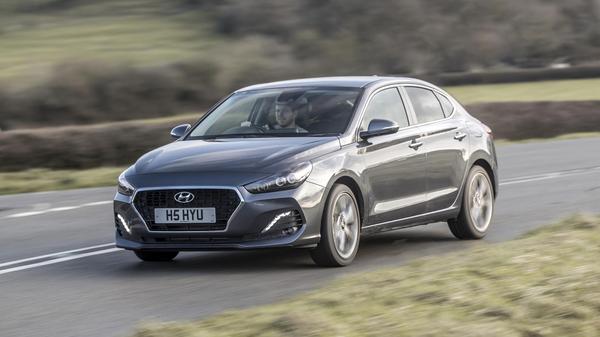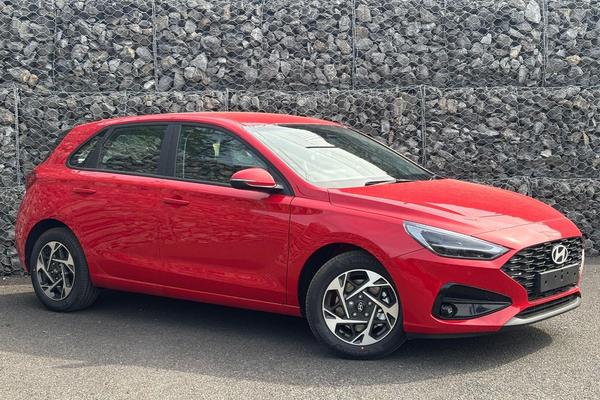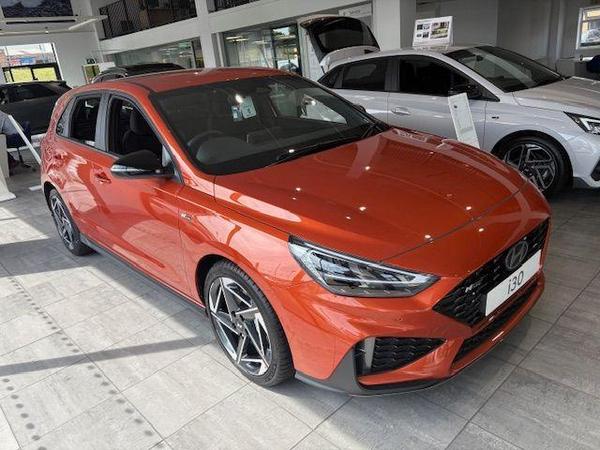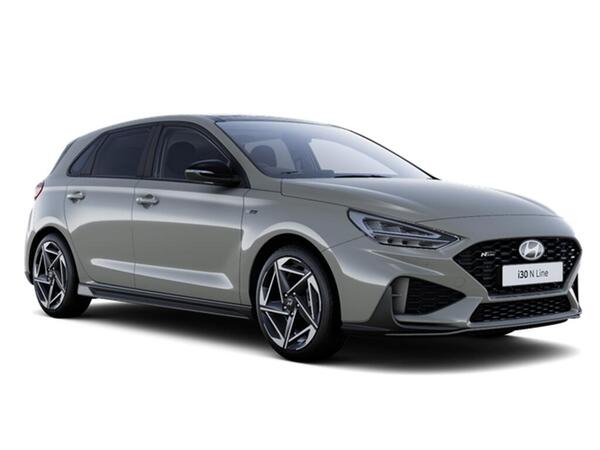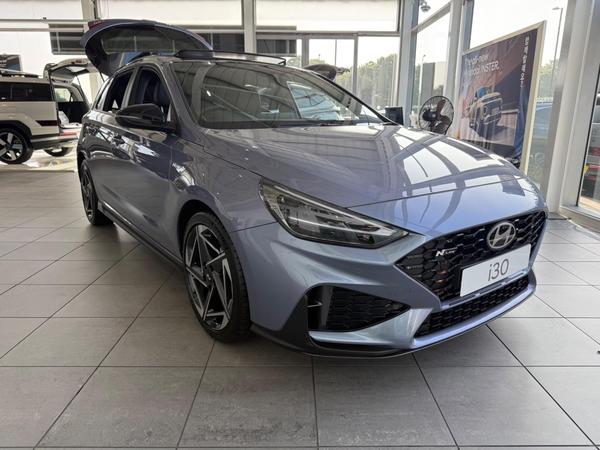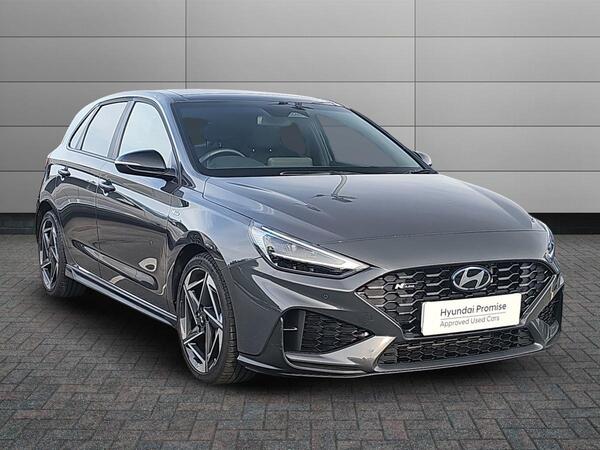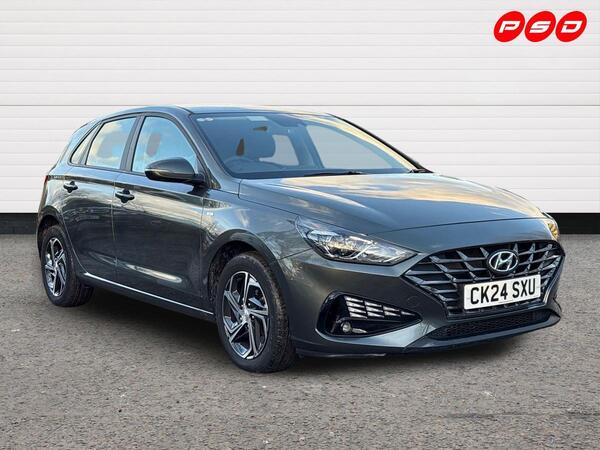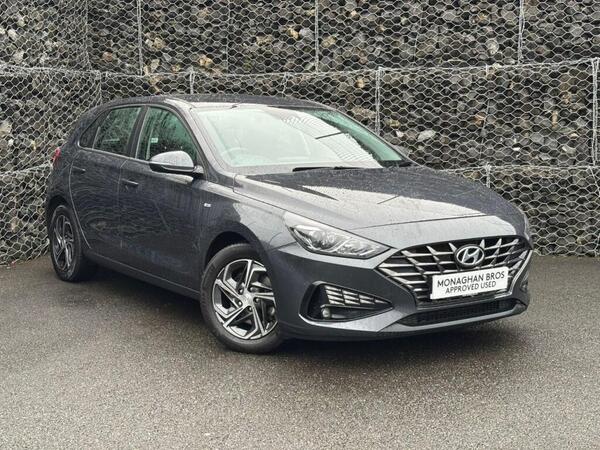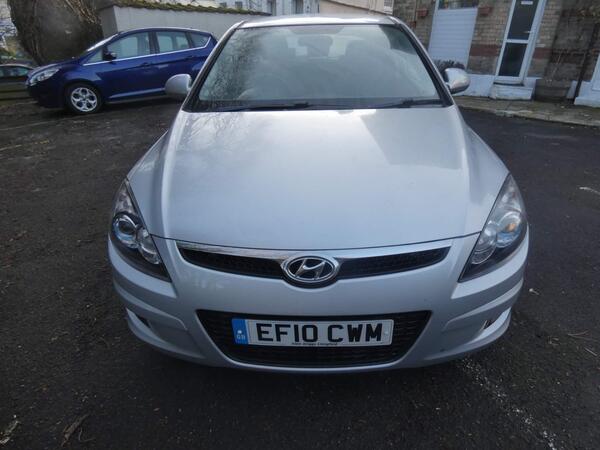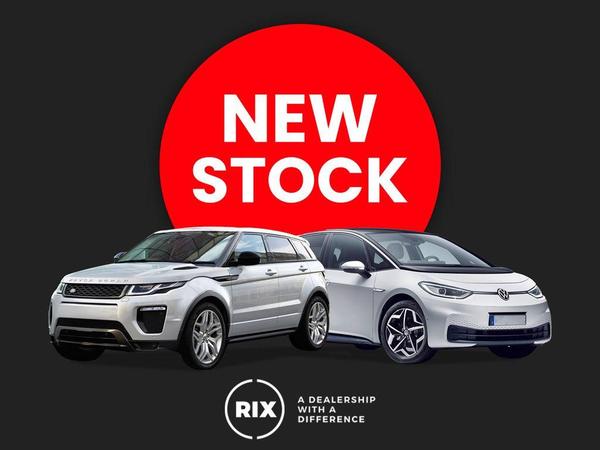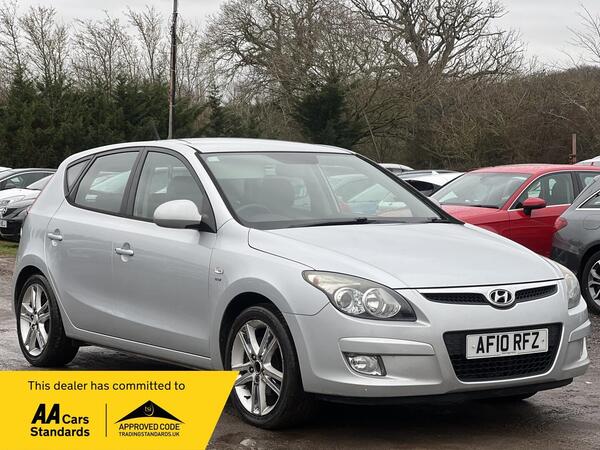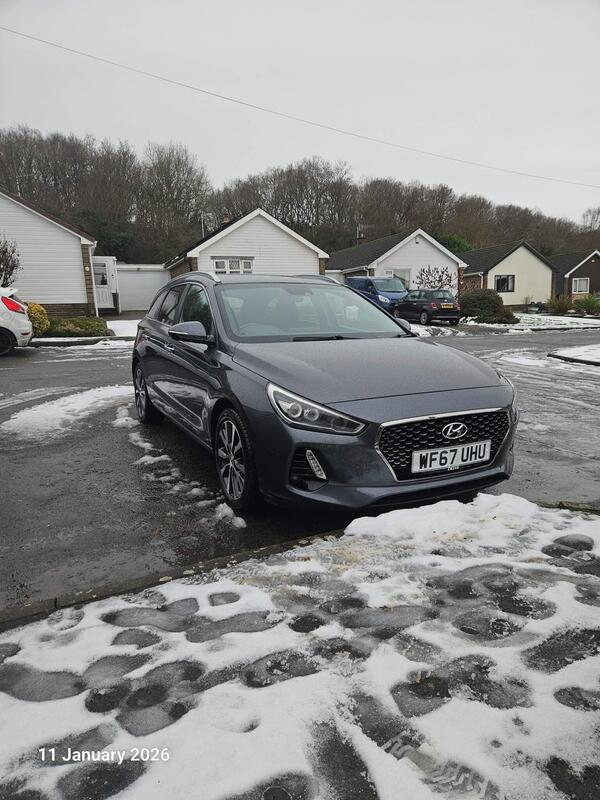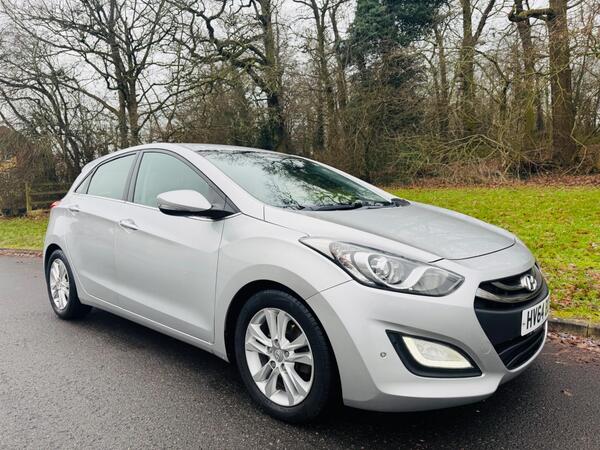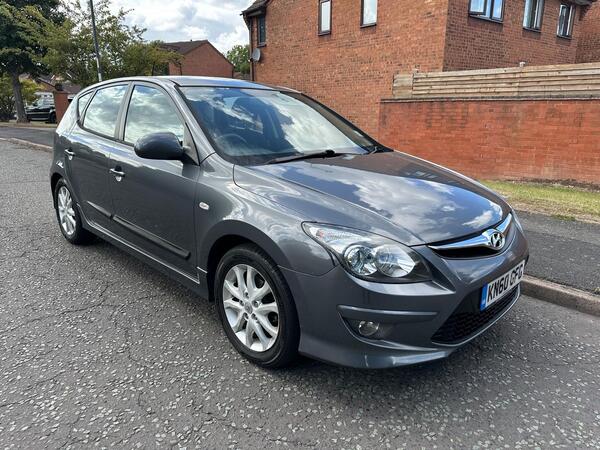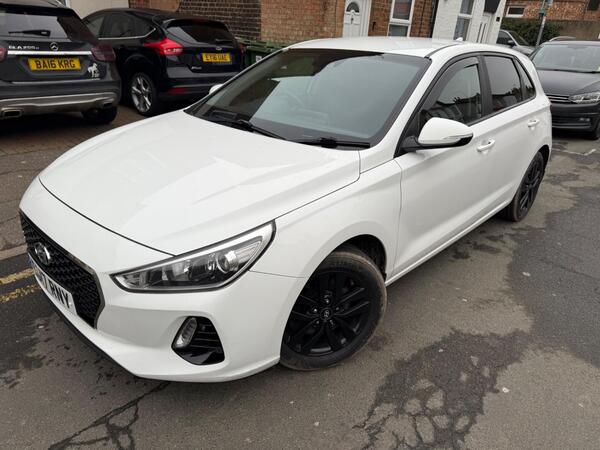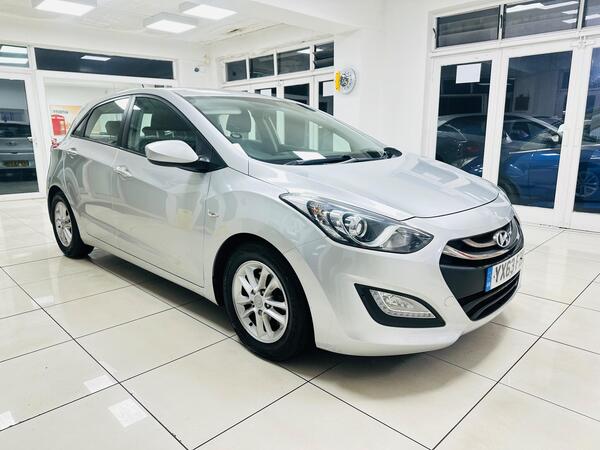Hyundai i30 Fastback (2017 - ) review
The Hyundai i30 Fastback offers more boot space than the hatchback, plus styling that blends hatchback and saloon into one
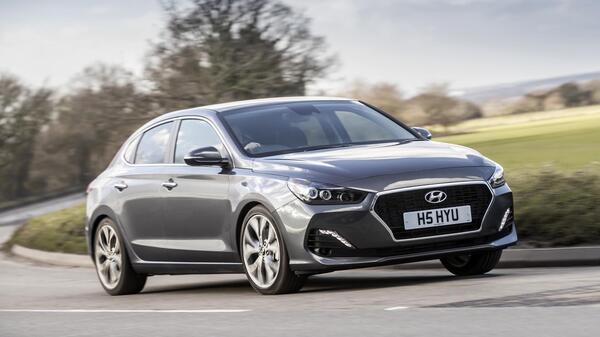

Words by: Auto Trader

Additional words by: Auto Trader
Last updated on 17 June 2020 | 0 min read
The Autotrader expert verdict:
Even though the Hyundai i30 Fastback has more luggage space, we don’t think it does quite enough to entice buyers who may already like the regular i30 Hatchback. Efforts to add some sportiness to how it drives detract from the comfort, too. Overall, the Hyundai i30 Fastback is a good, well-equipped car, but it faces some serious competition.
Reasons to buy:
- Generous equipment
- Stylish looks
- Cracking warranty
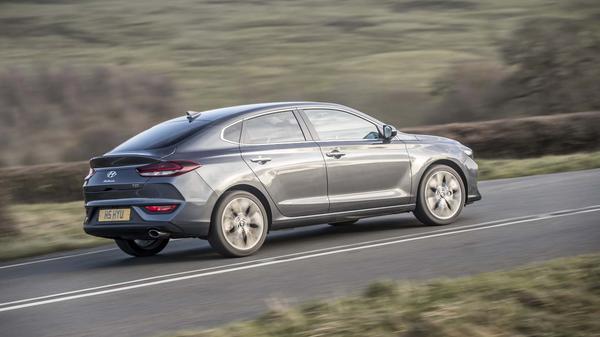
Running costs for a Hyundai i30
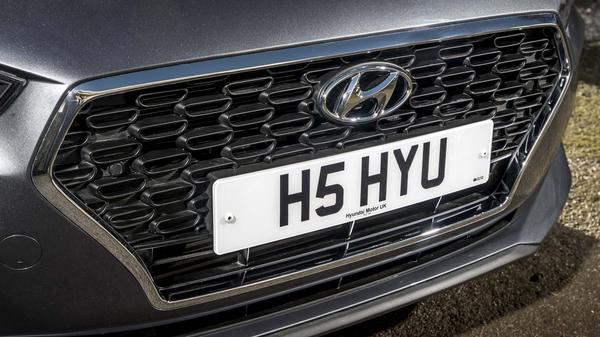
Reliability of a Hyundai i30
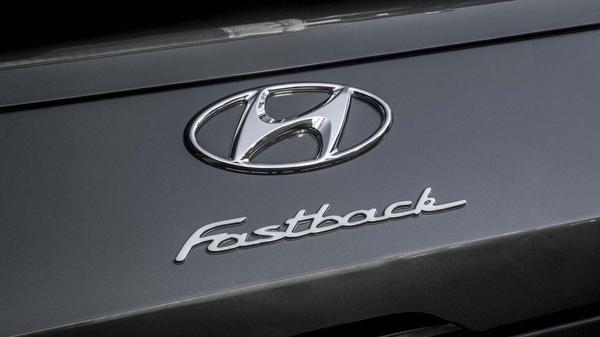
Safety for a Hyundai i30
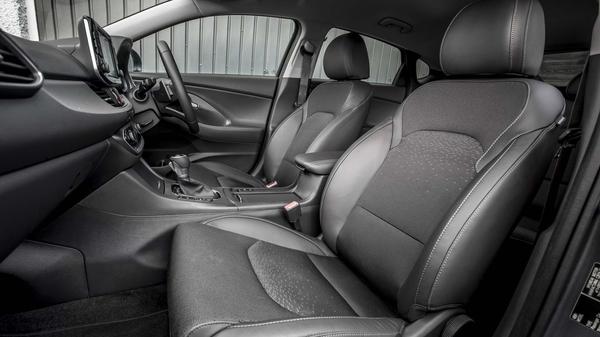
How comfortable is the Hyundai i30
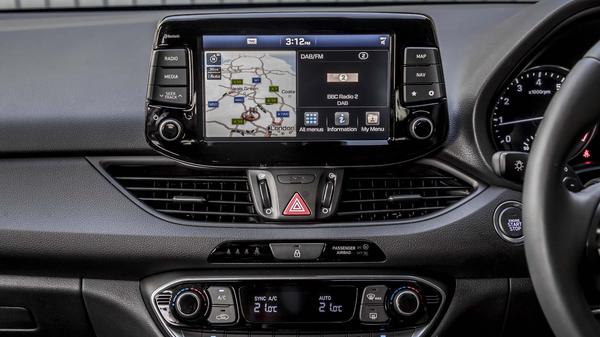
Features of the Hyundai i30
